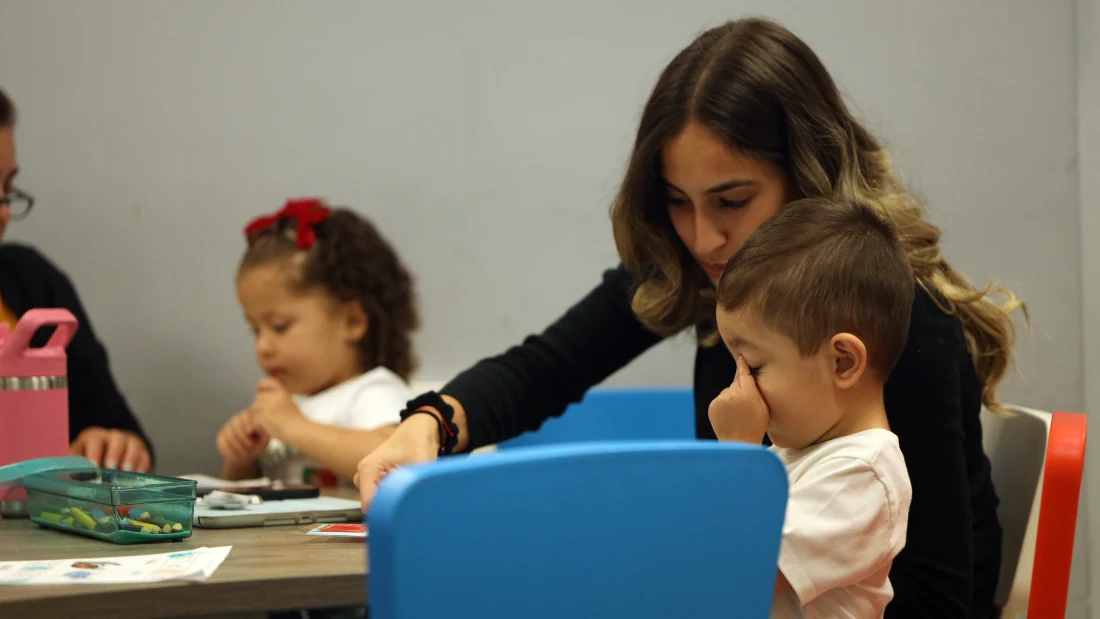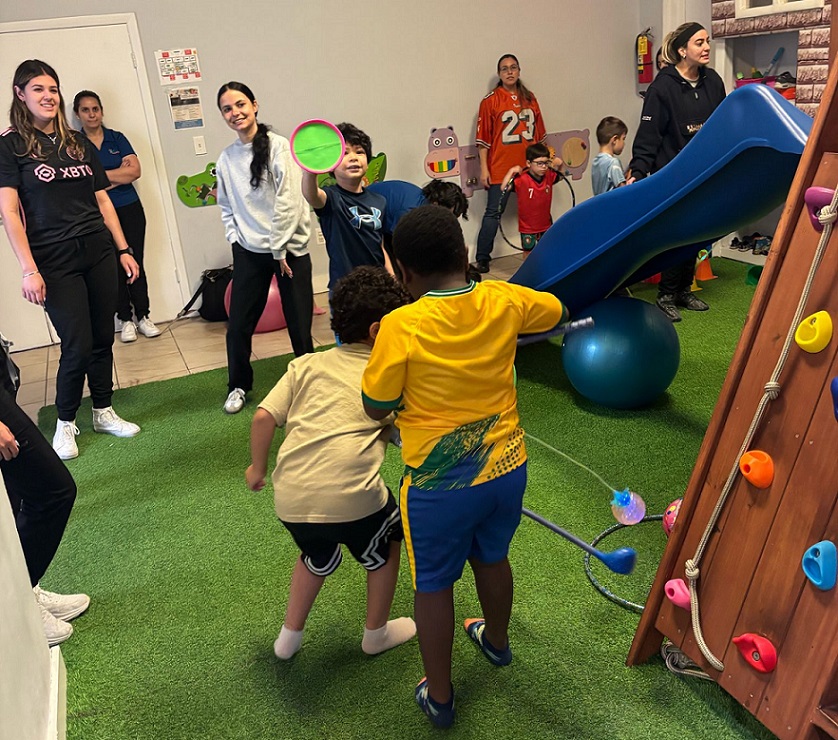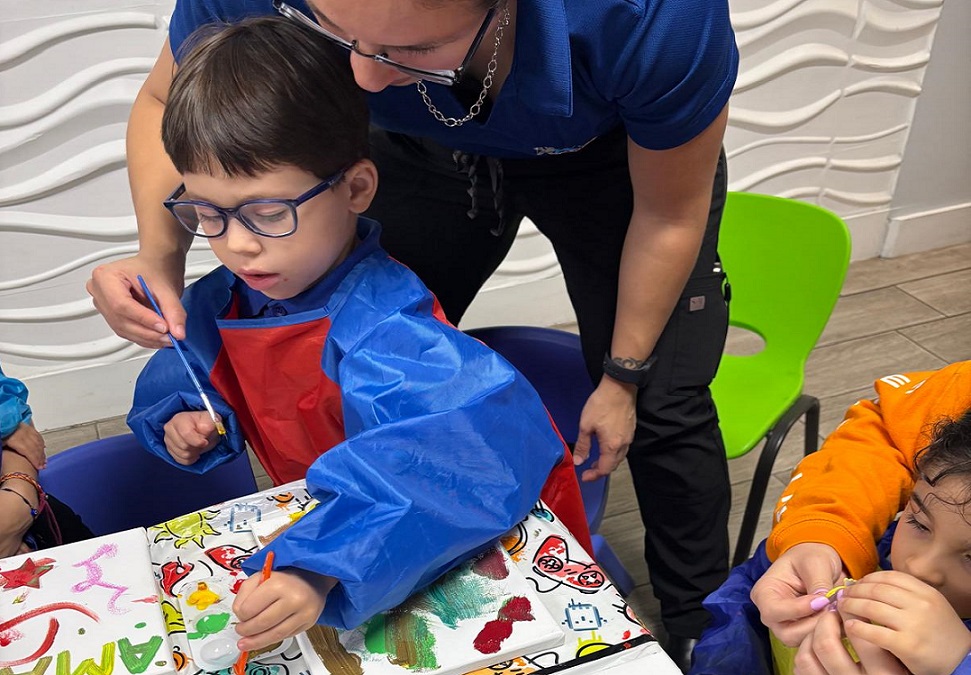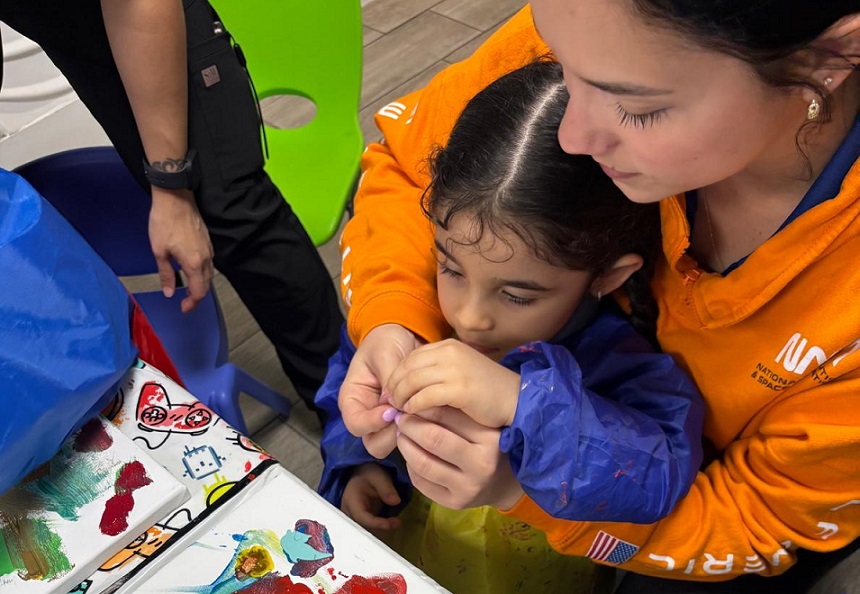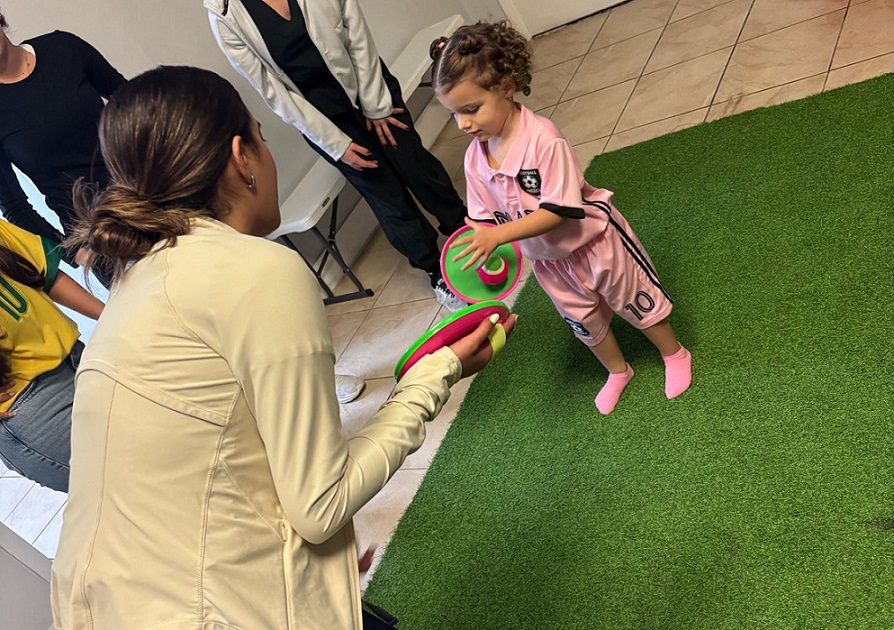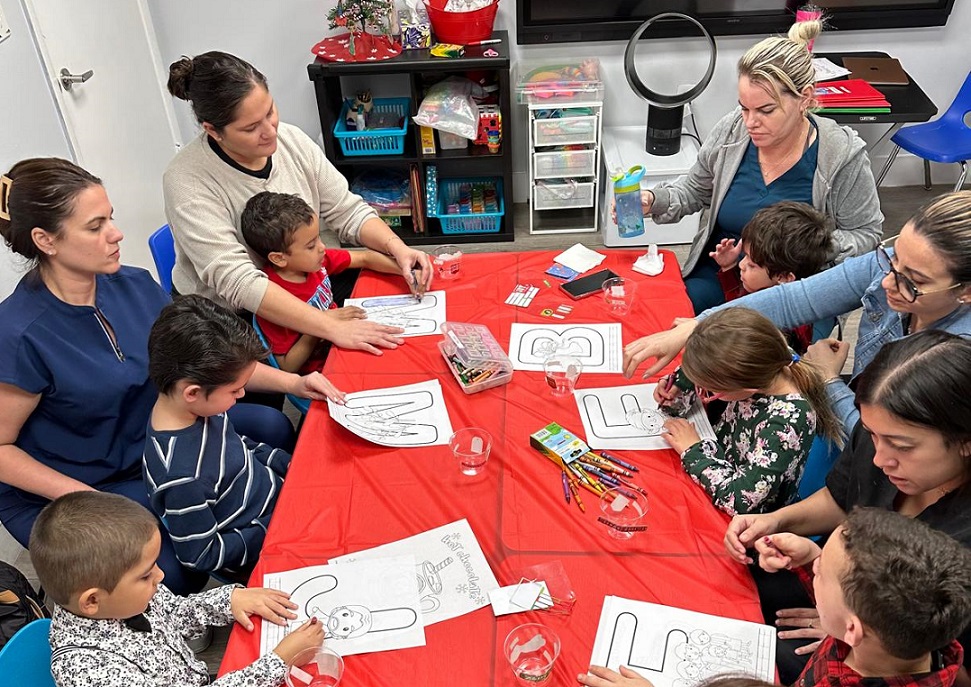Non-verbal autism presents significant communication challenges, making it difficult for children to interact with others and express their needs. These difficulties can also impact socialization and behavior, creating additional obstacles in a school setting. As a result, structured and inclusive classroom activities for non-verbal autistic children are essential for fostering engagement, learning, and meaningful interactions.
Alarmingly, 1 in every 200 children in the United States has non-verbal or minimally verbal autism. However, alternative communication methods—such as pictures, gestures, and assistive technology—can help bridge the communication gap.
In this article, we will explore the key characteristics of non-verbal autistic children and provide clear, practical strategies to enhance their school performance, communication, and play. These evidence-based approaches will help educators and caregivers create a more supportive and inclusive learning environment.
What is Non-Verbal Autism?
Non-verbal autism is a condition in which individuals have significant difficulty or inability to develop verbal speech. Diagnosing non-verbal autism can be complex, as it overlaps with other communication disorders. A definitive diagnosis requires medical evaluation, which may include physical exams, imaging scans, blood tests, and hearing assessments to rule out other potential causes of speech difficulties.
Key Characteristics of Non-Verbal Autism:
- Limited or absent speech – Significant challenges in verbal communication.
- Difficulty understanding verbal language – Struggles with nuances like figurative expressions.
- Challenges in social reciprocity – Difficulty building and maintaining relationships.
- Preference for non-verbal communication – Use of gestures, facial expressions, or assistive communication tools.
- Atypical sensory responses – Heightened or diminished reactions to sensory stimuli.
Understanding these characteristics helps educators, caregivers, and therapists create supportive environments that foster meaningful communication and social interaction for non-verbal autistic individuals.
Can a Non-Verbal Autistic Child Attend a Regular School?
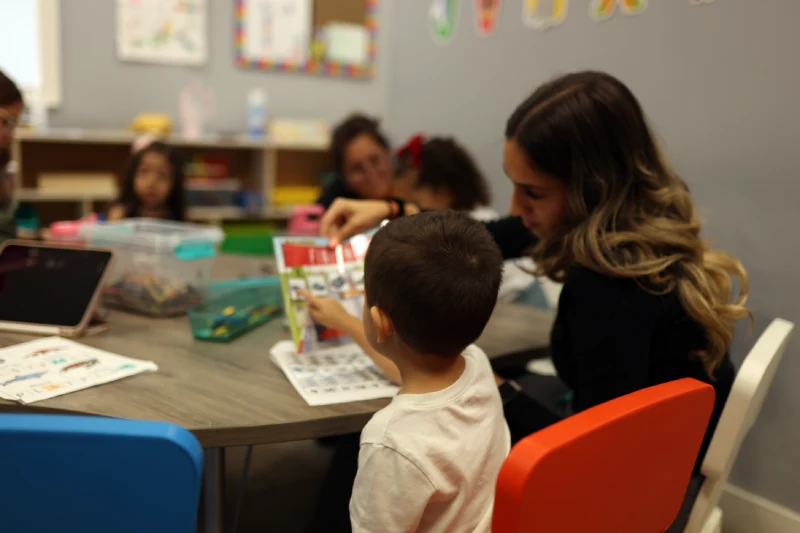
Integrating a non-verbal autistic child into a regular classroom can present challenges for educators. However, it is important to recognize that their presence also enriches the social, personal, and emotional development of the entire school community.
Not all non-verbal autistic children exhibit the same cognitive and behavioral challenges nor to the same degree. Therefore, the teaching team working with an autistic child must implement an intervention program tailored to their specific needs.
To ensure a successful integration, schools may need to make environmental adaptations and provide additional support, such as educational assistants, speech therapy, and augmentative communication tools. Additionally, developing an Individualized Educational Plan (IEP) and fostering collaboration with the child’s family are crucial steps in this process.
Educational professionals role
Educators play a key role in creating an inclusive environment, which requires specific training and skills to effectively meet the needs of students with autism. Preparing the child for transitions and changes is essential. But how can this be achieved?
Key Responsibilities of Educators:
- Learn to assess the student.
- Evaluate their situation in the classroom.
- Respect their pace and learning style.
- Design and implement curricular adaptations.
Educational Strategies for Non-Verbal Autistic Children: Communication and Play
Consequently, to properly address non-verbal autism in the classroom and achieve good inclusion of the student in class dynamics, the teacher must engage with the expert team and remain flexible in their pedagogical work, with the sole aim of meeting all the student’s needs.
Among the activities for non-verbal autistic children that can be strategically implemented to facilitate good adaptation, the following stand out:
- Structuring the environment to make it predictable for the students and help them feel emotionally secure.
- Creating routines, as well as designing a schedule with pictograms, photos, or drawings to help the child with autism anticipate events and identify emotions.
- Using visual cues to facilitate teaching.
- Utilizing visual supports (comic strips, comics, and videos).
- Creating a circle of friends from the child’s environment who interact with and guide them in more open settings.
- Implementing an Augmentative and Alternative Communication system, which promotes the use of pictograms to facilitate language and communication development.
- Communicate with parents to help the child gradually adapt and better process transitions.
Additionally, other strategies that can be applied include leveraging students’ areas of interest to incorporate them into teaching, establishing support strategies, and creating safe spaces where they can relax and calm down.
Communication Strategies for Non-Verbal Autistic Children in the Classroom
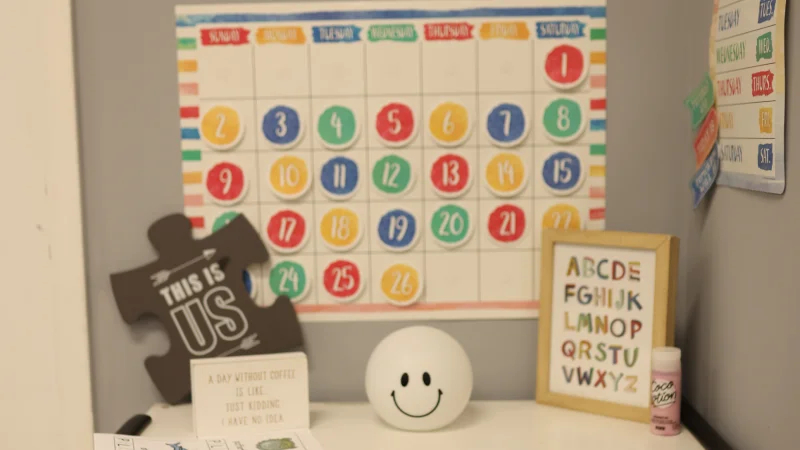
The truth is, it doesn’t matter where on the autism spectrum the student falls: they will always have the ability to communicate in some way. Here are some simple guidelines to keep in mind to help them communicate with others:
- Encourage play and social interaction: Play for non-verbal autistic children is a great opportunity to promote communication.
- Imitate each other: Copying sounds and play behaviors will encourage vocalization and interaction.
- Focus on non-verbal communication: Gestures and eye contact can lay the foundation for language.
- Give them time to speak: It is essential to provide the student with many opportunities for communication, as many as necessary.
- Simplify your language: Be literal and obvious when choosing your words. Say exactly what you mean.
- Follow the student’s interests: Talking about what interests the non-verbal child will help them learn the associated vocabulary.
- Consider assistive devices and visual supports: Assistive technologies and visual supports promote interactive activity for non-verbal autism.
How to Play with a Non-Verbal Autistic Child?
Inclusive games designed to support non-verbal communication in children with autism have become invaluable tools in their education and emotional development. But how can we effectively engage in play with a non-verbal autistic child?
By incorporating activities specifically designed to foster interaction and non-verbal expression, we create a safe and stimulating environment that enhances their social skills. However, before introducing any game, it’s essential to ensure the child is comfortable with the options available and understands how they work. Always start with simpler activities before progressing to more complex ones.
Top 8 engaging and beneficial activities for non-verbal autistic children
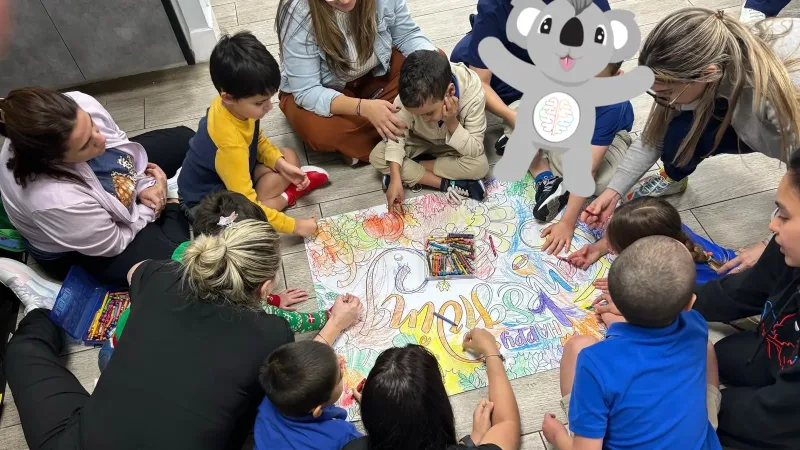
- Imitation Games: Simple activities like clapping, making facial expressions, or pointing to body parts can help develop imitation skills.
- Arts and Crafts: Drawing, painting, and clay modeling allow children to express themselves non-verbally while improving fine motor skills.
- Sensory Play: Playing with sand, water, or sensory dough can provide a calming and self-regulating experience.
- Picture Books: Books with vivid images can enhance comprehension and support non-verbal communication.
- Music and Movement: Dancing and moving to music can be both stimulating and enjoyable, encouraging self-expression.
- Adapted Board Games: Simple board games help teach turn-taking, patience, and social interaction.
- Structured Routines: Predictable activities offer a sense of security and help children feel more in control.
- Outdoor Activities: Playing outside, running, or engaging in physical exercises can help release energy and improve overall well-being.
How to Find the Best School for a Non-Verbal Autistic Child?
At this point, the key question is What is the best school for a non-verbal kid? Choosing the right school for a non-verbal autistic child is a crucial decision that depends on the child’s unique needs and the resources available. When searching for the best educational environment, consider the following key factors:
- Specialized Programs – Look for schools that provide autism-specific programs, including speech therapy, augmentative communication support, and individualized learning plans.
- Trained Staff – Ensure that teachers and support staff have expertise in autism education, behavior management, and alternative communication strategies.
- Social Inclusion – A strong emphasis on social integration and peer acceptance can foster a supportive and inclusive learning environment.
- Family Collaboration – Schools that prioritize open communication and partnership with parents can better support the child’s development and learning progress.
ABA therapy is highly effective for identifying and guiding the development goals of skills. Thus, ABA therapy often addresses skill deficits in various communicative areas. These areas obviously vary depending on the individual needs of the student.
Special Education at Koala ABA & Learning Centers
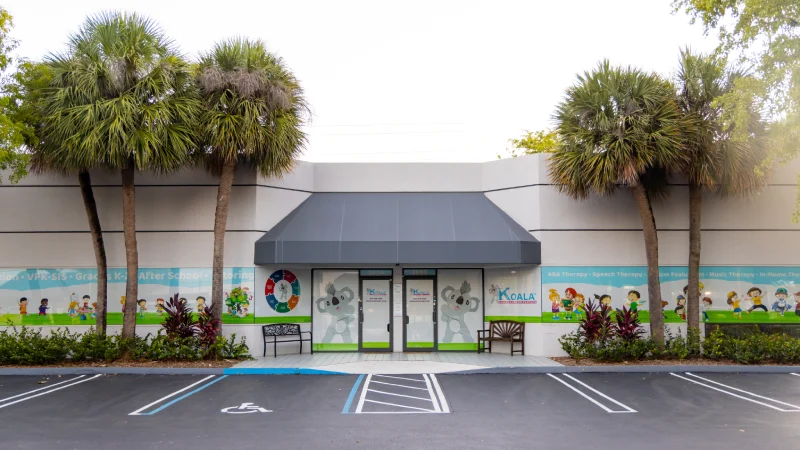
At Koala ABA & Learning Centers, we believe that ABA Therapy is the cornerstone of educational processes. Therefore, our ABA Therapy focuses on developing crucial areas for daily functioning and social interactions. Our center-based behavioral intervention services are designed to empower all students within the classroom. By providing personalized support, our KOALAFIED™ professionals ensure that each student receives the assistance they need to excel in their educational journey.
The fundamental purpose of our Special Education services is to provide individualized support that helps students succeed in school by focusing on their strengths, improving communication and social interactions, and addressing their behavioral and sensory needs.
Therefore, if you need advice or professional guidance, contact us now and see how our center can effectively guarantee your child’s educational success.


